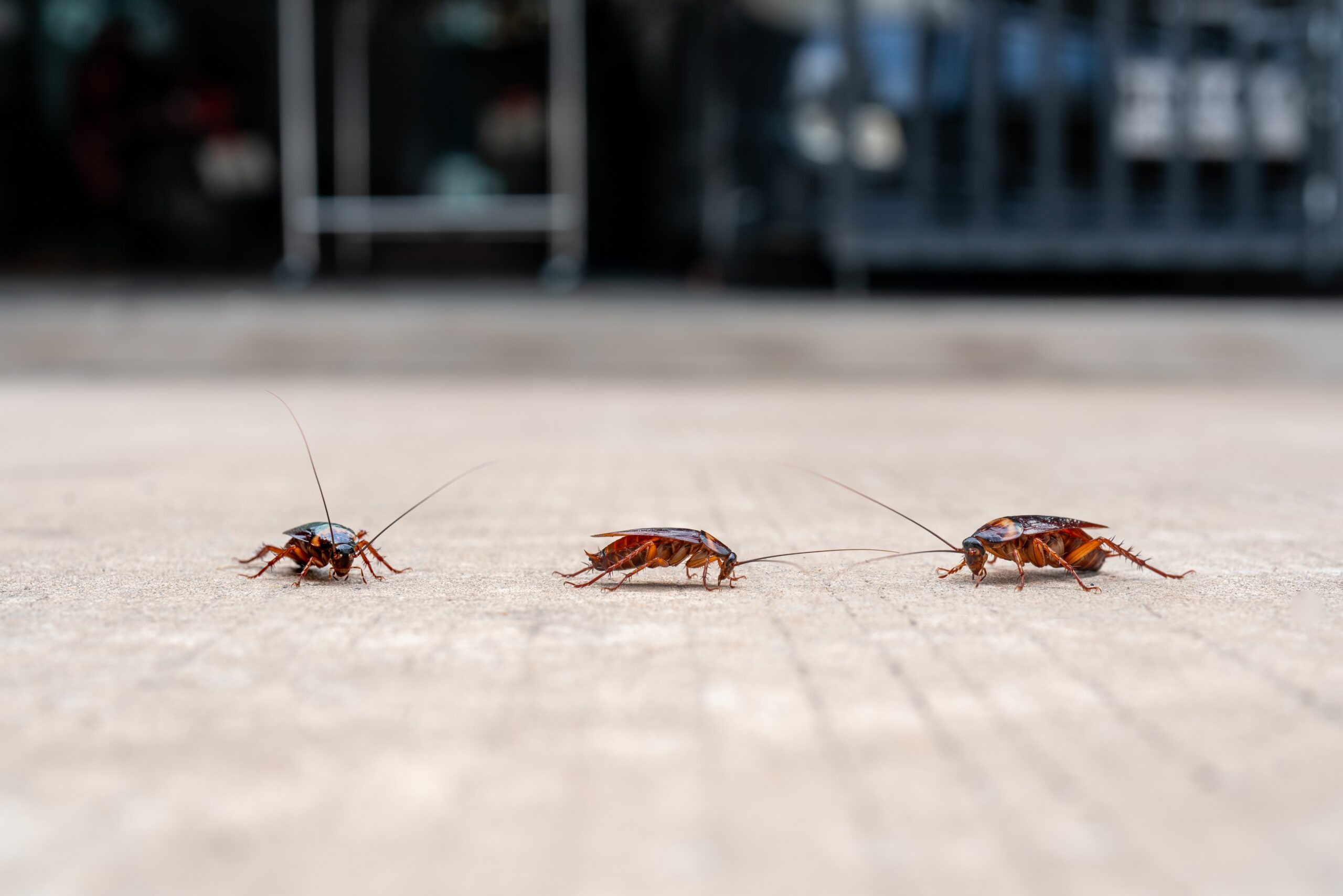Summary: Roaches are one of the worst pests ever, but is there a bright side to their existence? This blog analyzes the cockroach’s habits and lifecycle to see if there is a benefit to having them around. The analysis is separated into sections that each focus on key points of the roach. The key points include their rapid reproduction, habitats, diet, health risks, and treatment methods. Romney Pest Control thoroughly solves roach problems.
At first glance, it seems like there aren’t any redeeming qualities of cockroaches. They’re disease-ridden creatures that eat garbage and live in the sewers. Also, the hissing sound they use as a defense mechanism isn’t our favorite either.
It’s tough to think of any redeeming qualities for a pest that is the common symbol for filth. But could there be a bright side to the existence of cockroaches? Let’s find out by diving into the complex lives of cockroaches and the reasons why roaches are so infamous in the history of humanity.
A Growing Population
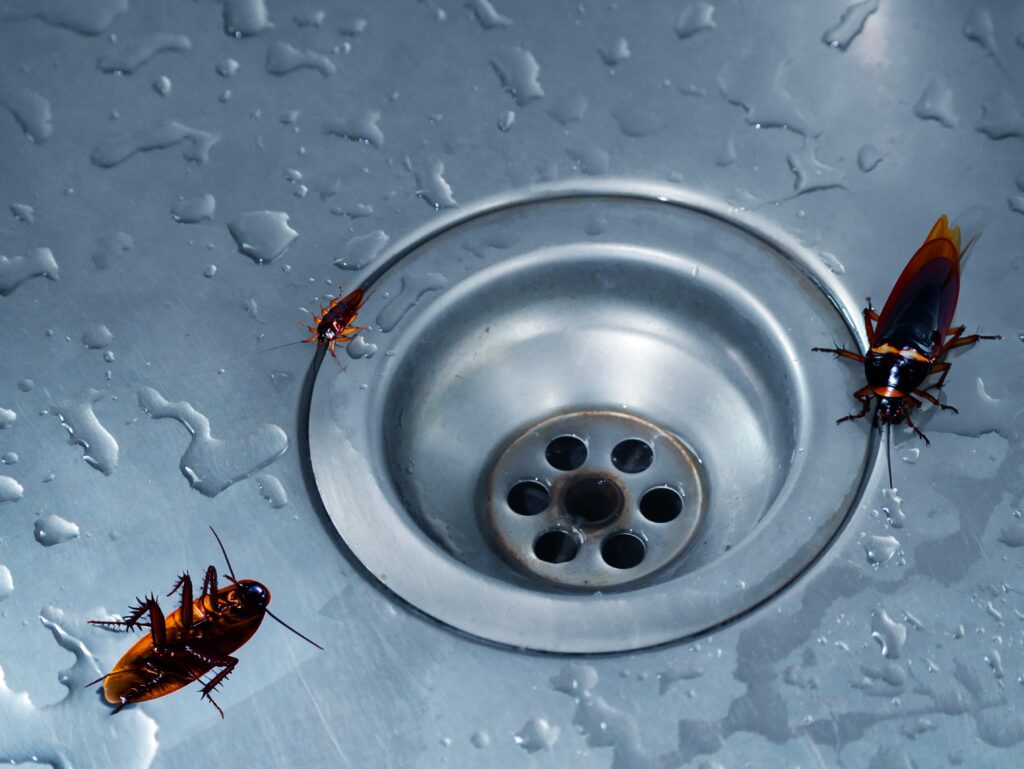
Unfortunately for the world, cockroaches produce about 400 eggs in their lifetimes. Females keep their eggs in tough cases — oothecae — until the eggs hatch. American roaches produce about 12 eggs per ootheca, but German roaches lay up to 50 eggs in an ootheca! Males are actually pretty nurturing, as they protect the young or eat organic matter that retrieves enough nitrogen for their offspring.
Since most roaches live less than a year, the whole egg-laying process makes it seem like their life’s purpose is to overwhelm humans with their presence. That’s not a very positive quality, if you ask us. Another negative factor of the roach’s existence is where they choose to live. Their presence in the sewers and garbage dumps don’t impact us on the daily, but things change when the cockroaches leave those habitats.
The only qualities that these pests require of their homes are they have to be damp, dark, and isolated. Their favorite habitats are:
- In leaf litter
- Under floorboards
- In cardboard boxes
- In crawl spaces
- Under or behind appliances
- In pipes
- In gutters
Possibly Beneficial
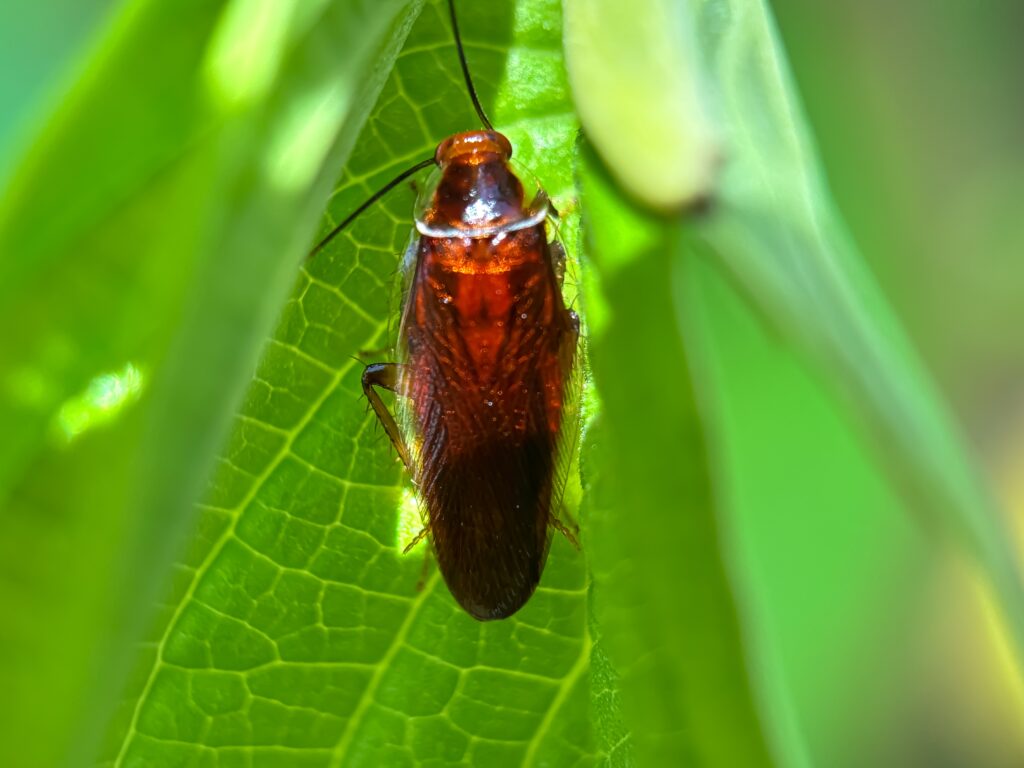
Now that we know there’s hundreds of eggs produced by each female roach and every roach prefers to stay hidden, the question remains: is there anything beneficial that roaches do for us? The plants in our yard would say so!
Roaches eat all kinds of gross items, including sewage, waste, and dead organisms. They carry bacteria and protozoa in their stomachs that convert everything they eat into nutrients. These nutrients then seep into the soil that they live near (when they’re outside), so the earth and greenery gain the supplements they crave. The flying roaches spread the love by giving nutrients to plants and soil that otherwise wouldn’t have any. They also take care of a small amount of the pest population by occasionally eating insects, like ants.
All of this is nice, but it doesn’t stand a chance against all of the other disgusting things that these pests do. Their inclination to invade our homes and businesses for the food, water, and shelter creates a huge amount of issues. Between their immunity to standard pesticides and the number of diseases they transmit, roaches are never a presence you want inside your home.
The Overwhelming Hazards Of Roaches
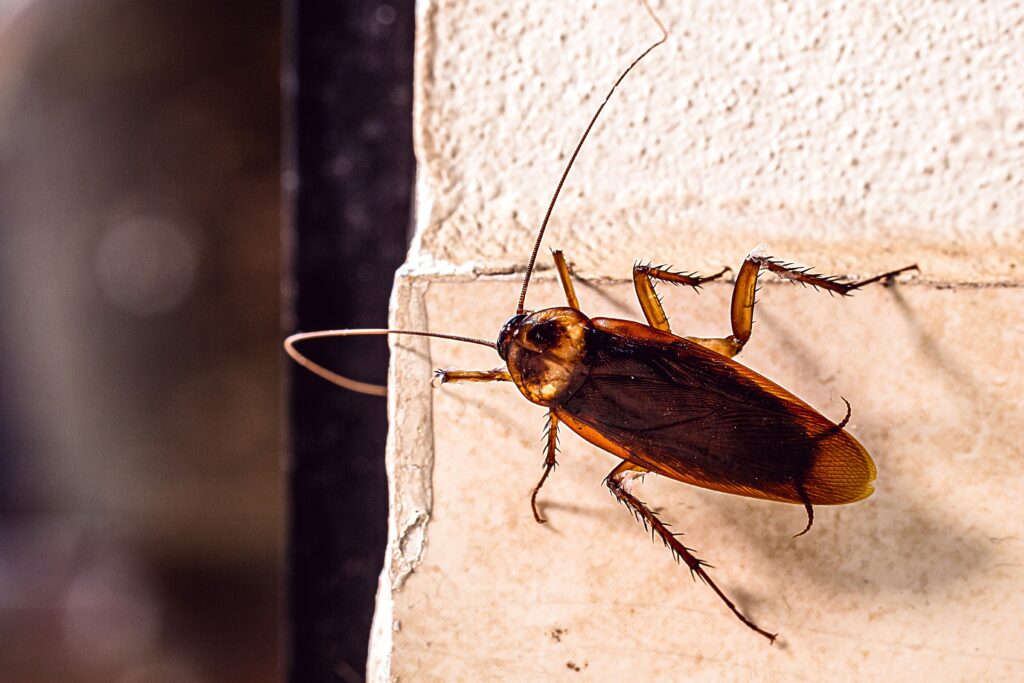
There are so many more cons than pros when it comes to roaches, in our humble opinion. The worst part is undoubtedly the diseases and bacteria they spread everywhere they go. Bacteria lives for many months inside the roach’s gut, and some of their common diseases (salmonella and E. coli) survive on their extremities for over 2 months. Any surfaces that the roach walks on, vomits on, or leaves droppings on is contaminated with bacteria.
This is on a lesser level, but cockroaches don’t smell great either. Any food they munch on will have that same odor, which is a major clue that your food was unfortunately touched by a roach.
Allergies & Asthma

Speaking of health risks, roaches also trigger allergy and asthma symptoms in people who have them. This is because of the hefty amount of allergens on the roach, such as on its limbs, exoskeletons, skin, droppings, and regurgitations. You may notice your allergies acting up if a roach family is living in your home; the exoskeletons they shed with each molt cause an uptick in symptoms the longer that the shell sits out. These exoskeletons are exactly why the pests seem indestructible, and they just get stronger with each molt.
A roach’s bacteria travels through the air and aggravates people’s allergy symptoms. It’s so bad that scientists who consistently study roaches will develop an allergy to the insects! Common symptoms include a rash, sinus infection, wheezing, and coughing. Please seek medical attention if you suddenly experience these symptoms.
Asthma symptoms are also impacted by roaches, especially if they continue living and reproducing inside a house. Any flecks of dust and hidden dust bunnies are tainted by the roach’s bacteria. All of the allergens on the roach’s body (and its excrements) heavily impact asthma symptoms in a lot of people. Since humans generally spend more time indoors these days, we consequently spend more time around roaches if they’re inside — which means it’s easier to have your asthma symptoms triggered.
Does Roach Poison Work?
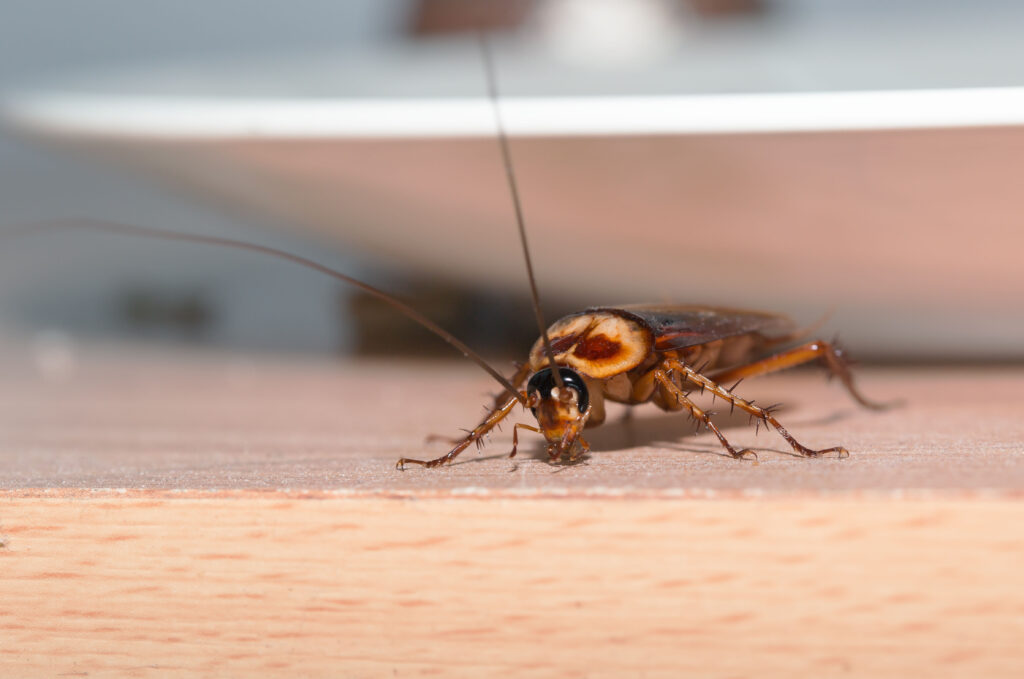
Roaches seem like the most indestructible pest on Earth. They can live for up to a week without their head. They aren’t affected by most store-bought pesticides. If a roach was the same size as a human, it would be able to run 75 miles per hour!
But back to the pesticide issue. If you’ve used roach sprays on an infestation and noticed that they didn’t eliminate every roach, you aren’t alone. Cockroaches actually developed an aversion to cheap roach poisons over the years, and they pass their immunity down to their offspring. Glucose is a common ingredient in these chemicals, which prompted the roach to form a distaste for glucose and everything it’s found in. This is why professional pest control companies use different methods of roach control, rather than rely on synthetic chemicals.
It’s also important to note that these pests have protective guts and therefore aren’t impacted by many pesticides. Their guts have natural antibiotics that fight off dangerous bacteria, which is why they can’t be killed by treatments that harm any other insect. But roaches need an excessive amount of water, so their Achilles heel (so to speak) is a unquenchable thirst. By eliminating their water source and targeting their habitat, a pest control technician effectively eliminates a roach problem.
The Roach’s Enemy Is Romney
Roaches may have a few redeeming qualities, but it’s not enough to justify leaving them alone when they invade. The experienced technicians of Romney Pest Control are trained to find all of the roach’s common hiding spots and target the problem at the source. When you choose Romney, you can rest assured that our team will not consider the job finished until we thoroughly treat every impacted area. We look forward to protecting your home or business from ravenous roaches. Contact us today to learn why Romney is the leading choice to solve Texas-sized pest problems!
Citations
Cockroach allergy (2018, February 1). ACAAI. Retrieved August 29, 2024, from https://acaai.org/allergies/allergic-conditions/cockroach-allergy/
Cockroaches. (n.d.). Better Health Channel. Retrieved August 29, 2024, from https://www.betterhealth.vic.gov.au/health/healthyliving/cockroaches
Martin, A. (n.d.). Cockroach facts – What they are, what they do, and why you should care. Cockroach Facts. Available at https://cockroachfacts.com/facts-about-roaches/ (Accessed on August 29, 2024).
Nuwer, R. (2014, September 17). Cockroaches: The insect we’re programmed to fear. BBC Future. Available at https://www.bbc.com/future/article/20140918-the-reality-about-roaches (Accessed on August 29, 2024).

